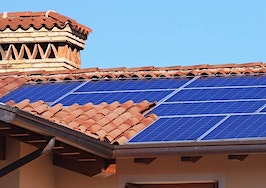- Twenty-seven LA submarkets experienced year-over-year rent growth of 10 percent or more.
- The volume of multifamily deliveries next year will double 2015 totals.
- Multifamily deliveries will be concentrated within two primary submarkets.
Los Angeles’ current multifamily vacancy rate, which sits at around 3 percent, suggests rents will continue to grow in 2016 and the upcoming wave of apartment deliveries will be absorbed. If high single-digit or double-digit rent growth continues next year buying should be a cheaper option than leasing for those that can afford it.
According to a Marcus & Millichap fourth quarter report, around 11,400 units will be made available in Los Angeles next year, with a large portion of those openings occurring in downtown and the San Fernando Valley. Despite this volume of units, supply and demand are predicted to remain imbalanced, which means median rents will only increase.
[Tweet “Los Angeles rents will continue to grow in 2016, upcoming wave of apartment deliveries will be absorbed.”]
As of December, the median rent for a one-bedroom apartment in Los Angeles was $1,930. According to Zumper, this ranks as the eighth highest value for one bedrooms nationally and equates to a 11.6 percent year-over-year rise.
The LA metro ranks even higher when it comes to two bedrooms (fourth), with a median rent of $2,800. This amount represents a 12 percent year-over-year gain.
Zumper points out that eleven submarkets in the city experienced year-over-year rent growth of more than 15 percent. This list includes Santa Monica, Westwood, Westchester/Playa Del Ray, Ladera Heights, View Park/Windsor Hills, Congress West, Park Mesa Heights, UNNC, Olympic Park, Congress North and downtown.
Another 12 submarkets saw year-over-year rent growth of 10 percent to 15 percent.





